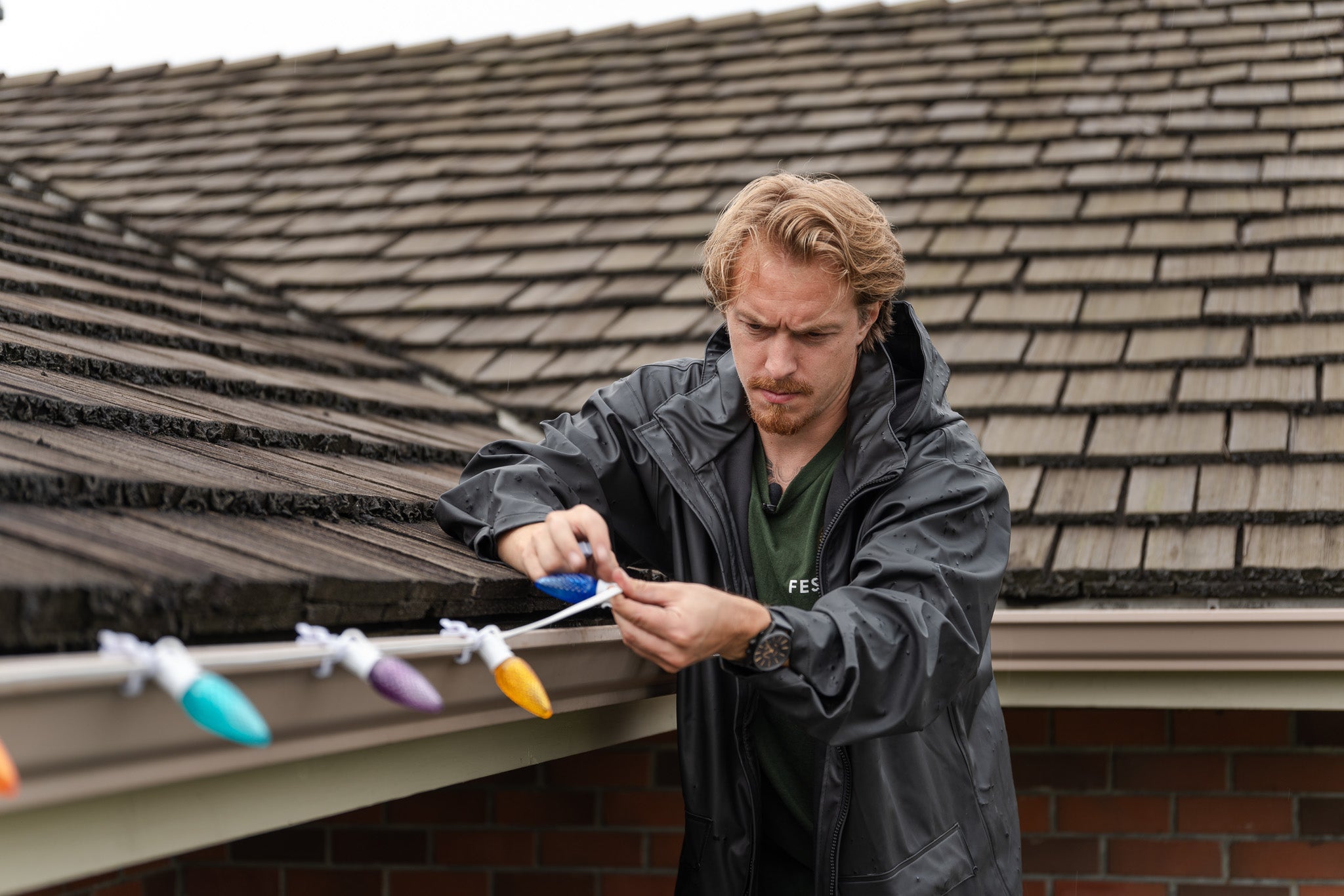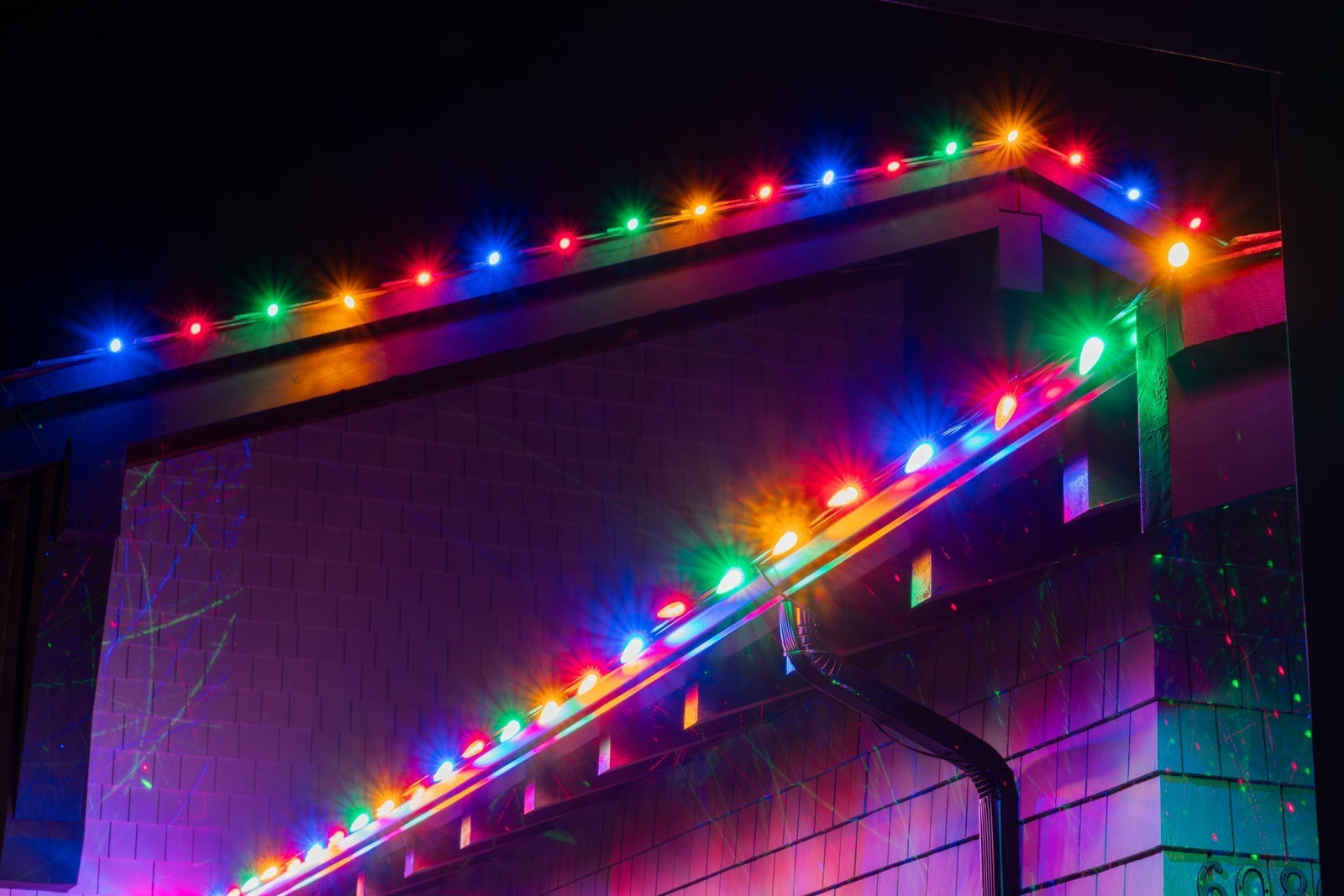Tired of mid-season panic when lights run low? Learn smart steps to forecast, order, and manage your holiday light inventory like a pro.
Picture this: it's peak holiday lighting season. Your crews are fully booked, clients are buzzing with excitement, and then the call comes: “We're out of C9 bulbs!” Panic sets in. Scrambling for last-minute supplies wastes time, drives up costs, and can damage your reputation. Sound familiar? Many professional installers face this exact scenario year after year.
But it doesn't have to be this way.
This guide reveals why stock shortages keep happening and outlines practical, field-tested steps to ensure your shelves stay stocked so that you can focus on creating an excellent customer experience. Let’s transform inventory stress into a smooth part of your business operation.
Table of Contents
- The High Cost of 'Running Low'
- Why Stock Shortages Happen: Common Mistakes
- Predicting Your Needs: Smart Forecasting
- Ordering Wisely: Timing and Tactics
- Keeping Track: Simple Inventory Management
- When the Unexpected Happens: Backup Plans
The High Cost of 'Running Low'
Running out of essential holiday lights isn't just frustrating. It directly affects your bottom line. Time spent sourcing last-minute replacements or waiting on emergency deliveries eats into profits. Rush shipping fees and retail markups cut into margins. Worst of all, telling a client you can’t complete their display as promised can erode trust and lead to lost business or negative reviews.
Every unexpected shortage chips away at profitability and adds stress during your busiest season. Nailing your inventory plan is essential to a smooth, successful holiday run.

Why Stock Shortages Happen: Common Mistakes
Most inventory issues can be traced to just a few missteps:
-
Guessing instead of forecasting: Relying on gut feeling or memory rather than data leads to inaccurate orders.
-
Last-minute ordering: Waiting until stock is visibly low ignores lead times, shipping delays, and supplier backorders.
-
Poor tracking systems: Without a reliable method for tracking what you have and what’s been used, you’re flying by the seat of your pants.
-
Underestimating growth or job complexity: New clients or more ambitious projects can quickly exceed your existing stock.
- Improper storage: Lights damaged by poor off-season storage may look fine at first glance but fail in the field.
💡 Pro Tip: Review job records from last season. Which items ran out first or required reorders? These patterns highlight your unique inventory weak spots.
Predicting Your Needs: Smart Forecasting
Effective forecasting turns guesswork into confidence. Start with last year’s usage: total feet of C9, C7, and mini lights; wire spools; clips; stakes—broken down by project type or linear foot if possible. Factor in your business growth goals. Planning for 15% more clients? Increase your estimates accordingly.
Next, consider market trends—like rising demand for RGB or retro-style bulbs—and the scale of your upcoming projects. Are you bidding on large commercial installs or neighborhoods known for elaborate displays? Adjust your numbers based on scope and scale.
| Item | Last Year Used | +15% Growth | +10% Buffer | Total Needed |
|---|---|---|---|---|
| C9 Warm White (Bulbs) | 5,000 | 750 | 575 | 6,325 |
| C9 Red (Bulbs) | 2,000 | 300 | 230 | 2,530 |
| Mini Lights Warm White (50' Strands) | 100 | 15 | 12 | 127 |
| SPT-1 Wire Spools (1000') | 10 | 2 | 1 | 13 |
| Universal Light Clips | 8,000 | 1,200 | 920 | 10,120 |
Refining Your Forecast
Forecasts are just estimates until you stress-test them. Are last year’s oversized installs happening again? Are you targeting upscale clients who expect more custom displays? Build these factors into your numbers—and always round up slightly. A little surplus is a lot better than a late-season scramble.
Ordering Wisely: Timing and Tactics
Once you’ve forecasted your needs, it’s time to place your orders. When is the best time to order? Just like with every other order, you need The best time to buy is in the New Year through to early summer. Not only do you lock in availability, but many suppliers offer early-bird discounts. Wait until fall, and you risk stockouts and lengthy shipping delays.
Order in bulk where possible. Larger purchases often qualify for significant discounts, and you reduce the hassle of piecemeal orders. Forge strong relationships with suppliers—you’ll benefit from better service, flexible terms, and early access to new products or promotions.
Big Star Lights offers two ways to order early and take advantage of great deals and shipping times:
-
BSL Direct: Order full pallets of popular lights, like G30s, C9s and mini lights with a few week's lead time.
- Pre Season Sale: Each January, we offer exclusive bulk discounts on all products! Contact us to be updated about the January 2026 Pre Season sale.
💡 Pro Tip: Ask your supplier when they stock up on inventory to plan for the holiday season.

Keeping Track: Simple Inventory Management
Having the right inventory is only half the battle. You also need to track it accurately. You don’t need fancy software to start. Work with your dedicated light supplier to track each SKU, order number, and their in-stock inventory.
Use a check-in/check-out system for your crews. Materials taken for each job should be logged, and unused items returned daily. This helps prevent loss and gives you real-time visibility.
Organize your warehouse or storage unit clearly. A tidy, intuitive setup minimizes time spent searching.
💡 Pro Tip: Do a quick inventory count every week during peak season. Catching discrepancies early can save you from major shortages later.
Backup Plans
Even the best-laid plans get tested. Let's say you're asked to do a warranty call (hopefully those come far and in-between). What should you do in that case?
Keep a small stash of high-use items set aside for emergencies. Know which products your best clients will want, and make sure you have those on hand specifically for them.
If you're out of stock, does that mean you should start making sales? Absolutely not. It means that you should pivot your sales pitch. If you usually fall back on selling C9s to customers, tell them about how great their home will look lit up with G30s instead. Out of Pure White? Suggest Multi Color to your brand-new client.
💡 Pro Tip: Your emergency stash should include the top 3–5 items you use most often—sealed and labeled clearly, separate from your main inventory.
Running out of holiday lights in mid-season isn’t inevitable. With accurate forecasting, early ordering, thoughtful tracking, and contingency planning, you can stay ahead of the game. These systems not only save time and money—they build trust, reduce stress, and improve your professional reputation.
This year, take control of your holiday inventory—and make shortfalls a thing of the past.
Frequently Asked Questions
When is the best time to order holiday lights?
New Year to early summer (January–July) is ideal. You’ll secure better pricing and ensure stock availability before the busy season.
What if I overorder and have leftover stock?
Extra inventory isn’t wasted. Quality lights store well and can serve as next year’s starting point. You can also offer off-season discounts or bundle deals to clear niche items.
Is inventory software worth it?
If you're managing one crew, a spreadsheet is often enough. But with growth, dedicated software streamlines tracking, boosts accuracy, and saves valuable time—making it a worthwhile investment.
Summary
- Stock shortages hurt your business in time, cost, and reputation.
- Avoid common pitfalls like guesswork, late ordering, and poor tracking.
- Forecast based on past data and projected growth.
- Order early and in bulk to save money and guarantee supply.
- Track inventory using a clear, consistent system.
- Maintain an organized storage space and regular inventory checks.
- Always have backup suppliers and emergency stock options.
- Communicate proactively with your team and clients when issues arise.

